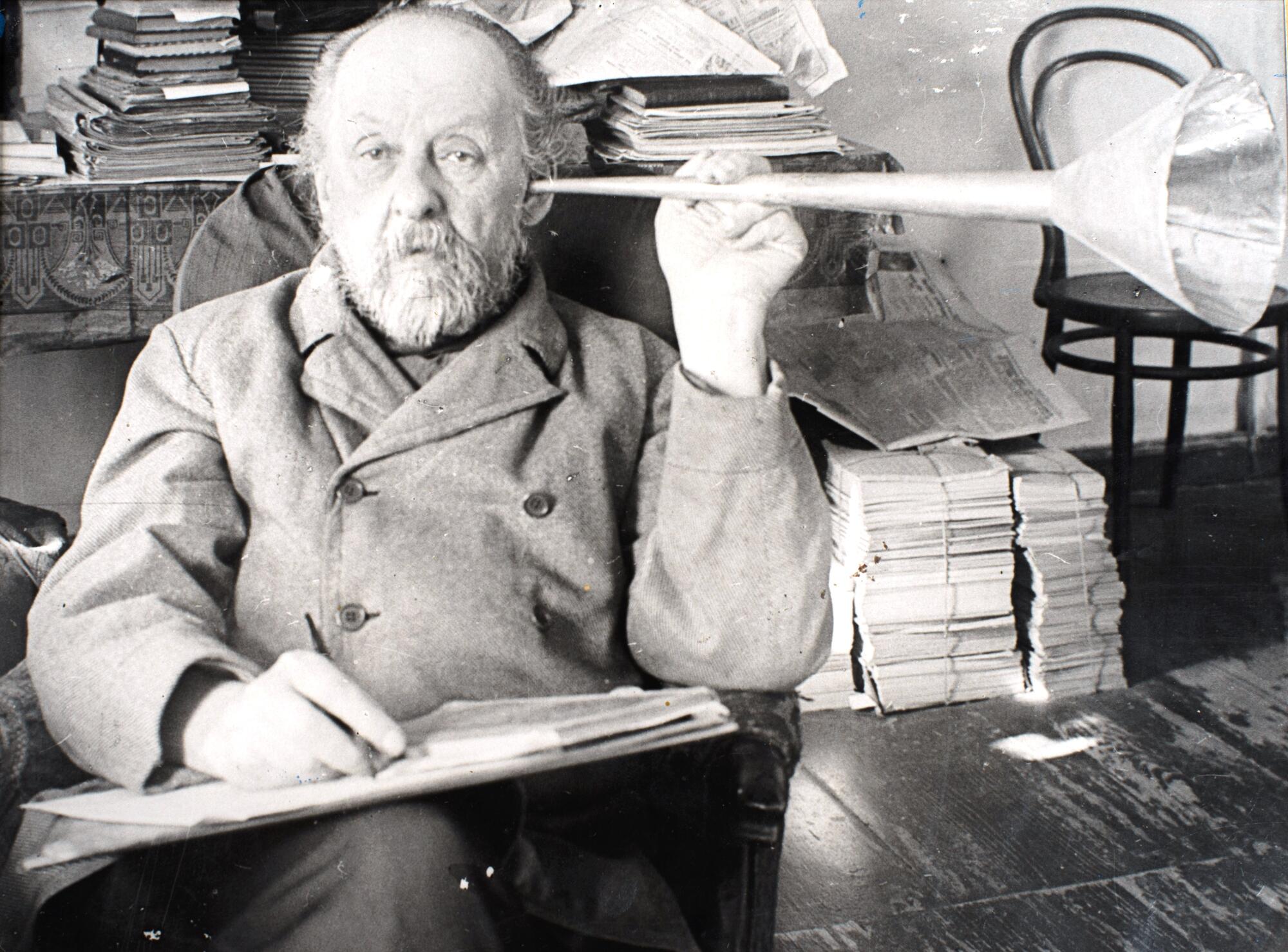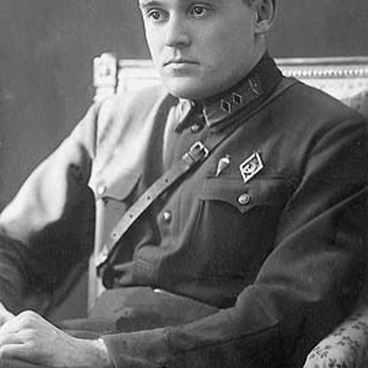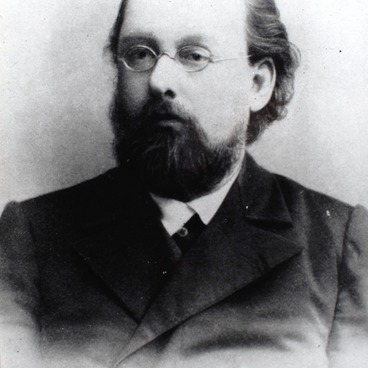The history of Russian cosmonautics is inextricably linked with the name of Konstantin Eduardovich Tsiolkovsky, an outstanding Russian self-taught scientist, rocket theorist and practitioner, thinker and philosopher, researcher, and inventor.
Tsiolkovsky was born in the village of Izhevskoye, Ryazan Governorate in 1857. As a child, he was no different from other boys, except for being particularly dreamy. However, after he had scarlet fever around the age of ten and almost completely lost his hearing, his life changed. Firstly, he was expelled from school for failing because deafness prevented him from studying. Secondly, the introverted boy began endlessly tinkering and inventing something.
When the boy was 14, his father, who saw a clear talent for creating all kinds of apparatuses, devices, and engines, saved some money and sent the young man to Moscow — to the higher technical school, nowadays named after Bauman. However, Konstantin Tsiolkovsky did not go to the institute. He took up self-education, sitting daily in the only public library (the Chertkov Library), where he mastered physics and calculus.
Two years later, Tsiolkovsky had to leave Moscow and return to the province, but the craving for knowledge stayed with him. Being a teacher himself, he also studied endlessly and was able to learn classical and advanced ideas of various sciences. At the same time, he kept generating such ideas on his own.
At first, his research was focused on aeronautics. But by the 1880s, the sphere of his interests had reached out to as far as outer space.
More than a century has passed since his first scientific papers and popular science works were published, in which he described the principles of space flight. Many of Tsiolkovsky’s ideas are implemented in today’s launch vehicles, orbital stations, spacesuits, and life support systems. He made a great contribution to the development of science with his works “Balloon and Airplane”, “Space Rocket Trains”, and “Goals of Star Navigation”.
In 1915, Tsiolkovsky created a project for a space rocket that would run on liquid carbon. According to his project, the rocket had room for people and breathing apparatuses.
Tsiolkovsky was born in the village of Izhevskoye, Ryazan Governorate in 1857. As a child, he was no different from other boys, except for being particularly dreamy. However, after he had scarlet fever around the age of ten and almost completely lost his hearing, his life changed. Firstly, he was expelled from school for failing because deafness prevented him from studying. Secondly, the introverted boy began endlessly tinkering and inventing something.
When the boy was 14, his father, who saw a clear talent for creating all kinds of apparatuses, devices, and engines, saved some money and sent the young man to Moscow — to the higher technical school, nowadays named after Bauman. However, Konstantin Tsiolkovsky did not go to the institute. He took up self-education, sitting daily in the only public library (the Chertkov Library), where he mastered physics and calculus.
Two years later, Tsiolkovsky had to leave Moscow and return to the province, but the craving for knowledge stayed with him. Being a teacher himself, he also studied endlessly and was able to learn classical and advanced ideas of various sciences. At the same time, he kept generating such ideas on his own.
At first, his research was focused on aeronautics. But by the 1880s, the sphere of his interests had reached out to as far as outer space.
More than a century has passed since his first scientific papers and popular science works were published, in which he described the principles of space flight. Many of Tsiolkovsky’s ideas are implemented in today’s launch vehicles, orbital stations, spacesuits, and life support systems. He made a great contribution to the development of science with his works “Balloon and Airplane”, “Space Rocket Trains”, and “Goals of Star Navigation”.
In 1915, Tsiolkovsky created a project for a space rocket that would run on liquid carbon. According to his project, the rocket had room for people and breathing apparatuses.



